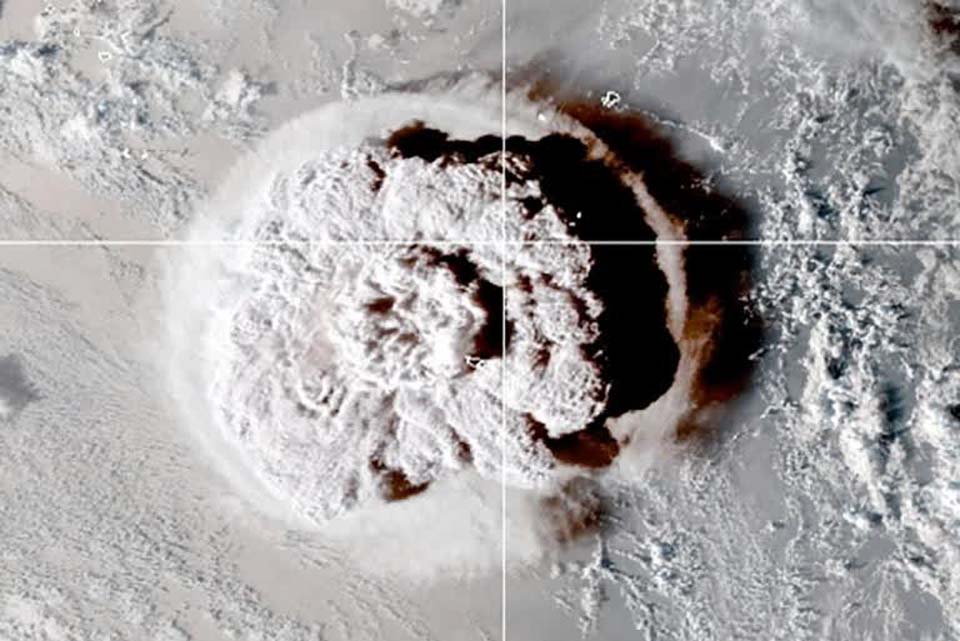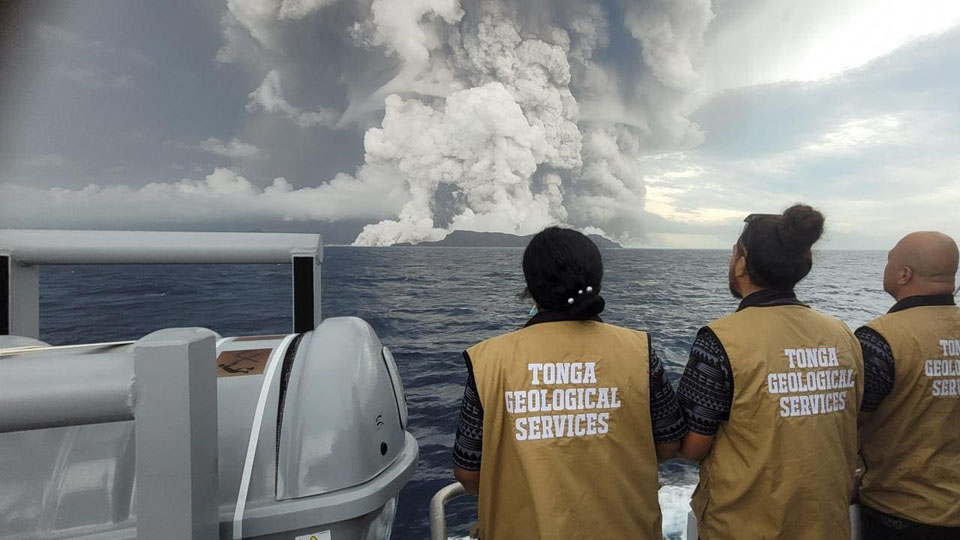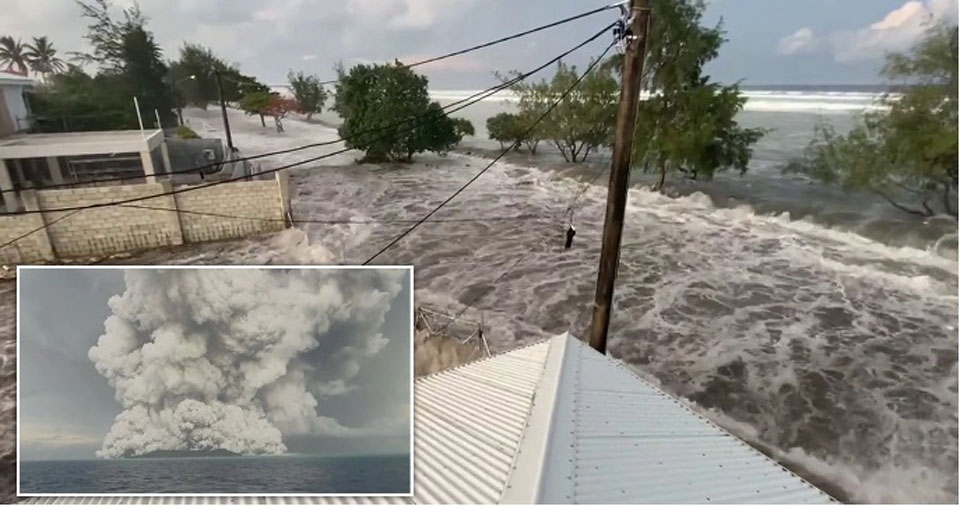
An underwater volcano off Tonga erupted on Saturday, triggering tsunami warnings and evacuation orders in Japan and causing large waves in several South Pacific islands, where footage on social media showed waves crashing into coastal homes.
Japan’s meteorological agency issued tsunami warnings in the early hours on Sunday and said waves as high as three metres were expected in the Amami islands in the south. Waves of more than a metre were recorded there earlier.
Public broadcaster NHK said no damage or casualties had been reported, interrupting its regular programming to report on the tsunami advisory spanning the entire eastern coast of the Japanese archipelago issued by the country’s meteorological agency.
In a briefing, a Japan Meteorological Agency official said the change in sea levels observed did not follow a familiar pattern of tsunamis following earthquakes.

A U.S.-based tsunami monitor said tsunami waves were observed in Tonga’s capital and the capital of American Samoa, following the eruption of the Hunga Tonga-HungaHa’apai underwater volcano.
Australia’s Bureau of Meteorology said the volcano, which lies about 65 km north of Nuku’alofa, caused a 1.2-metre tsunami wave. The bureau also said it continued to monitor the situation but no tsunami threat had been issued to the Australian mainland, islands or territories.
The Pacific Tsunami Warning Center said tsunami waves of 83 cm were recorded by gauges in the Tongan capital of Nuku’alofa and 60 cm waves were seen at Pago Pago, the capital of American Samoa.

Fiji issued a tsunami warning, urging residents to avoid the shorelines “due to strong currents and dangerous waves”.
In New Zealand, the emergency management agency issued an advisory on tsunami activity for the country’s north and east coasts, forecasting strong and unusual currents and unpredictable surges along shorelines in those areas. (NNT)
 |
 |
 |





